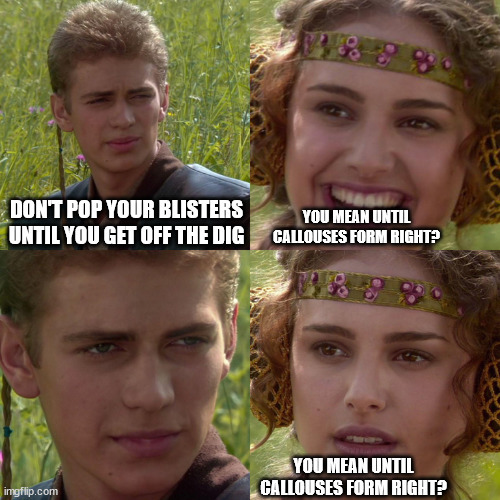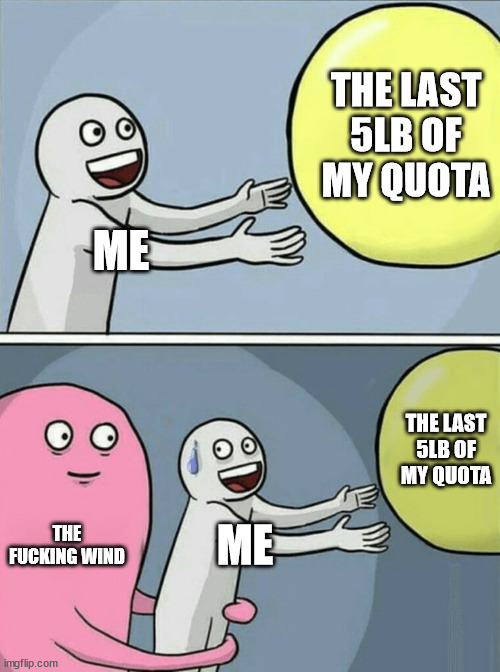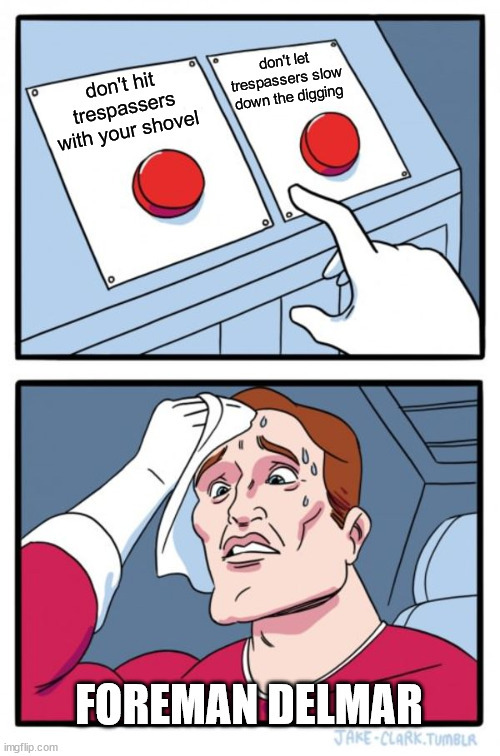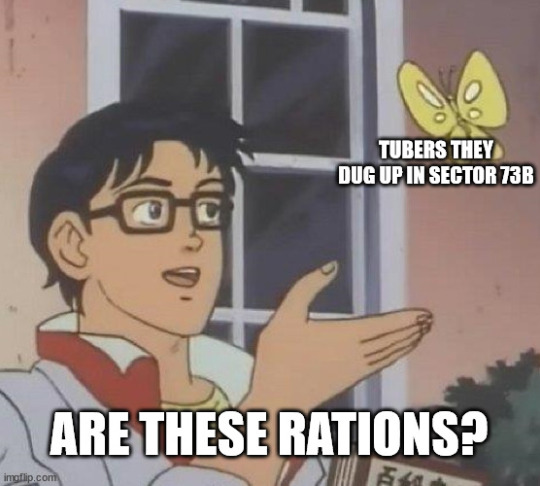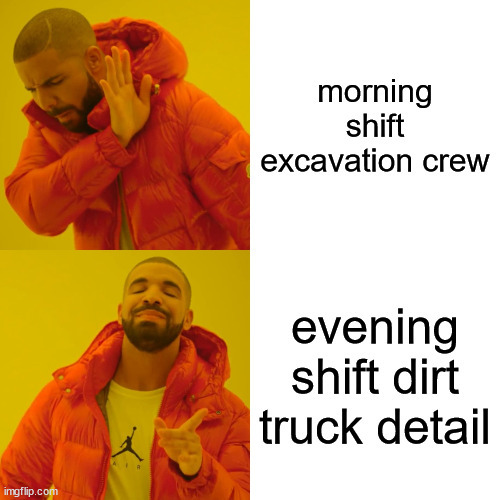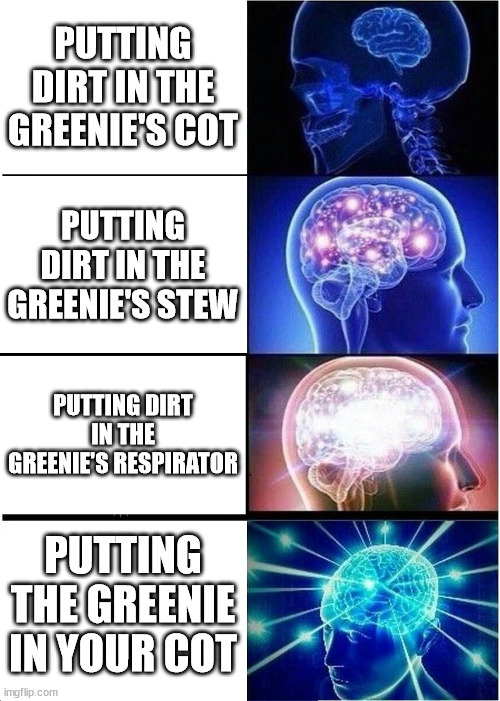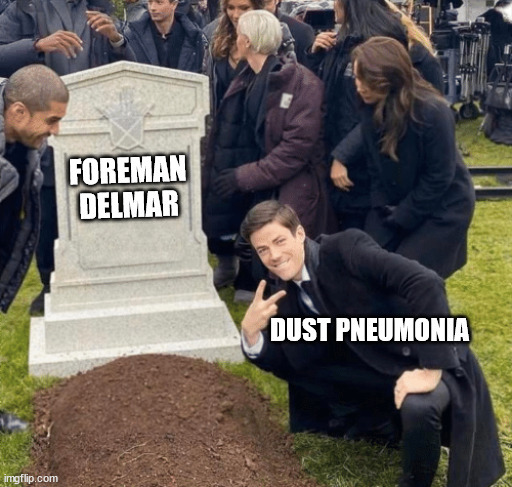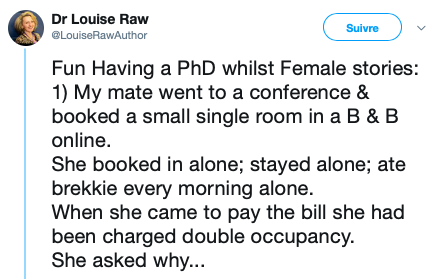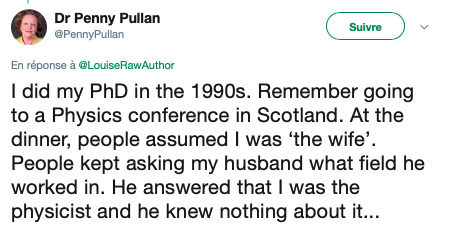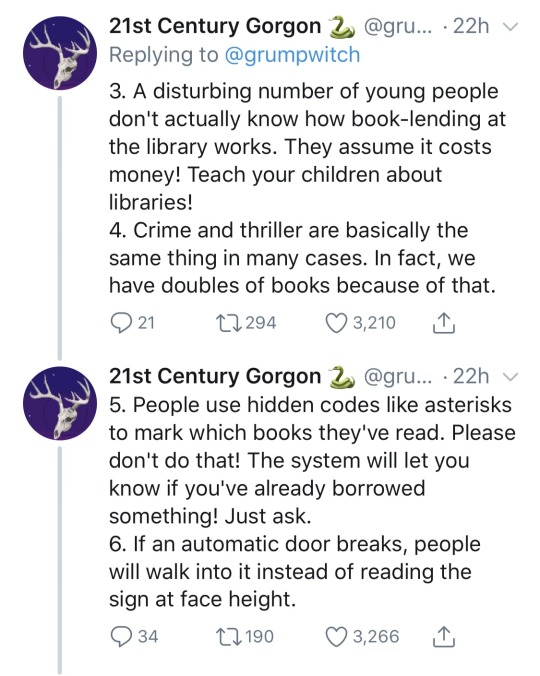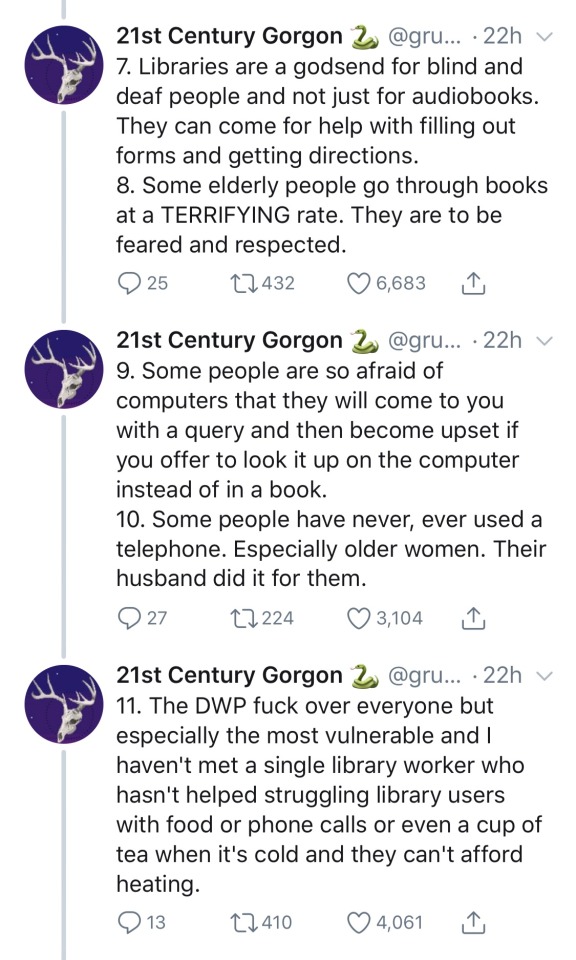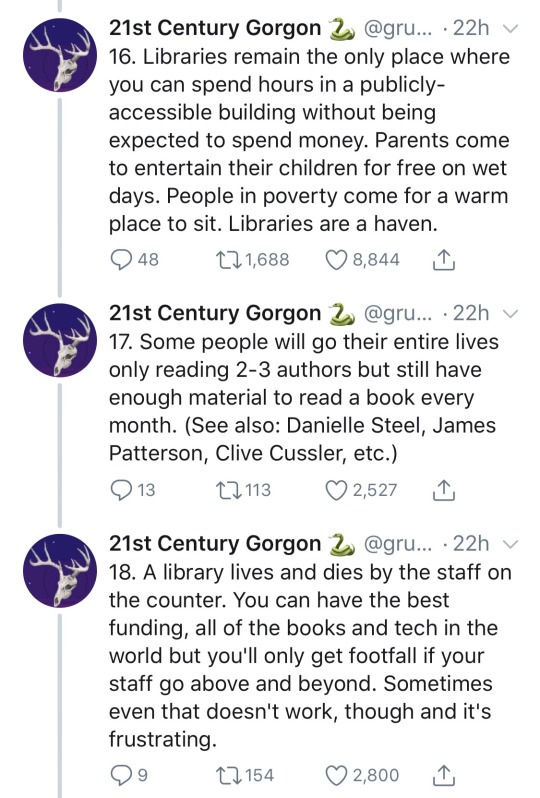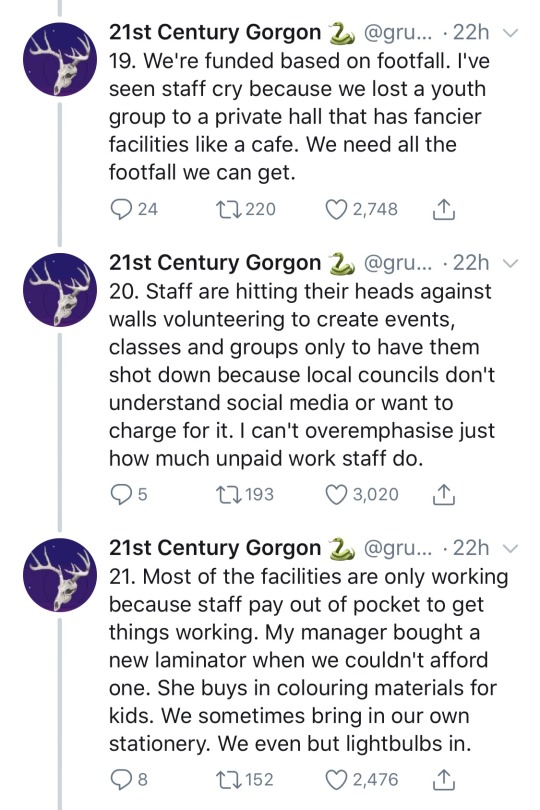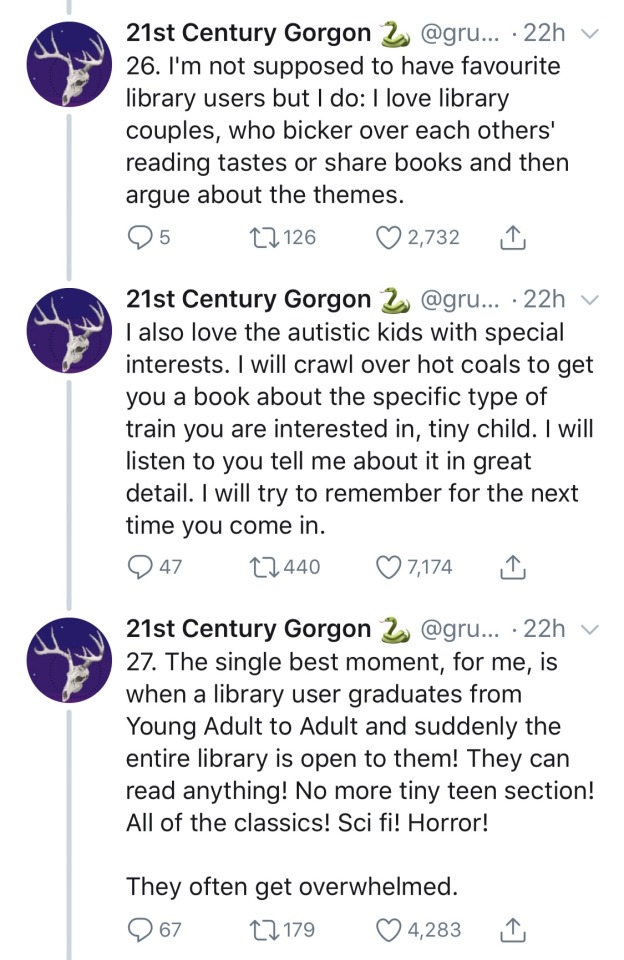Text
love the word “rapscallion”. like not only are you a rascal but you’re also kind of spring onion about it too
52K notes
·
View notes
Text
I just discovered foodtimeline.org, which is exactly what it sounds like: centuries worth of information about FOOD. If you are writing something historical and you want a starting point for figuring out what people should be eating, this might be a good place?
195K notes
·
View notes
Text
Searching best practices on JSTOR
Hi Tumblr researchers,
As promised, we're going to dive into some best practices for searching on JSTOR. This'll be a long one!
The first thing to note is that JSTOR is not Google, so searches should not be conducted in the same way.
More on that in this video:
youtube
Basic Search on JSTOR
To search for exact phrases, enclose the words within quotation marks, like "to be or not to be".
To construct a more effective search, utilize Boolean operators, such as "tea trade" AND china.
youtube
Advanced Searching on JSTOR
Utilize the drop-down menus to refine your search parameters, limiting them to the title, author, abstract, or caption text.
Combine search terms using Boolean operators like AND/OR/NOT and NEAR 5/10/25. The NEAR operator finds keyword combinations within 5, 10, or 25 words of each other. It applies only when searching for single keyword combinations, such as "cat NEAR 5 dog," but not for phrases like "domesticated cat" NEAR 5 dog.
Utilize the "Narrow by" options to search for articles exclusively, include/exclude book reviews, narrow your search to a specific time frame or language.
To focus your article search on specific disciplines and titles, select the appropriate checkboxes. Please note that discipline searching is currently limited to journal content, excluding ebooks from the search.
youtube
Finding Content You Have Access To
To discover downloadable articles, chapters, and pamphlets for reading, you have the option to narrow down your search to accessible content. Simply navigate to the Advanced Search page and locate the "Select an access type" feature, which offers the following choices:

All Content will show you all of the relevant search results on JSTOR, regardless of whether or not you can access it.
Content I can access will show you content you can download or read online. This will include Early Journal Content and journals/books publishers have made freely available.
Once you've refined your search, simply select an option that aligns with your needs and discover the most relevant items. Additionally, you have the option to further narrow down your search results after conducting an initial search. Look for this option located below the "access type" checkbox, situated at the bottom left-hand side of the page.
Additional resources
For more search recommendations, feel free to explore this page on JSTOR searching. There, you will find information on truncation, wildcards, and proximity, using fields, and metadata hyperlinks.
2K notes
·
View notes
Note
Do you like poems?
yes! my favorites are The Tiger and the unnamed werewolf fridge poem
192K notes
·
View notes
Text
on a very slightly more serious note I actually have a ton of opinions about toddler toys, since it's kind of my job to have opinions about that stuff, and one of my most fervently-held opinions is "take the batteries out of that godforsaken thing or so help me"
4K notes
·
View notes
Text
I want to see a work of fiction that reverses the "vampires are snobby upper class, werewolves are brutish lower class" stereotypes
59K notes
·
View notes
Text
First Five Five-star Reads of 2024
Bonus points, all of them are queer!

How to Read Now: Essays
Elaine Castillo

Letters to a Writer of Color
Taymour Soomro (Editor) Deepa Anappara (Editor)

Nature Poem
Tommy Pico

Writing Down the Bones: Freeing the Writer Within
Natalie Goldberg

Park Cruising: What Happens When We Wander Off the Path
Marcus McCann
125 notes
·
View notes
Text
Guide: Naming a Town or City
There are many things to keep in mind when naming the town or city in your novel:
1) Genre/Theme/Tone
It’s very important to consider the genre and theme of your story when choosing a town name. Take these names for example, each of which indicates the genre or theme of the story:
King’s Landing (sounds fantastical)
Cloud City (sounds futuristic)
Silent Hill (sounds scary)
Sweet Valley (sounds happy and upbeat)
Bikini Bottom (sounds funny)
Radiator Springs (sounds car-related)
Halloween Town (sounds Halloween-related)
Storybrooke (sounds fairytale-related)
2) Time/Place
It’s also important to consider the time and place where your story takes place. For example, you wouldn’t use “Vista Gulch” as a name for a town in Victorian England. You probably wouldn’t use it for a town in modern day North Carolina, either. Vista is a Spanish word and would normally be found in places where Spanish names are common, like Spain, Central and South America, the southwest United States (including southern California), Cuba, Puerto Rico, Dominican Republic, and Florida.
3) Size/Settlement Type
An isolated town of 300 people probably won’t be Valley City, but a sprawling metropolis of 30 million could be called Windyville, because it could have started out as a small town and grew into a large city.
4) Geography
Words like gulch, butte,and bayou tend to be regional terms. You probably wouldn’t find Berle’s Bayou in Idaho, or Windy Butte in Rhode Island.
Words like mount, cape, and valley are dependent upon terrain. Most of the time, you won’t have a town named “mount” something unless there are hills or mountains nearby. You wouldn’t use “cape” unless the town was on a cape, which requires a large body of water.
5) History
Is there a historical person or event that your town might be named after? The Simpsons’ hometown of Springfield is ironically named after its founder, Jebediah Springfield. Chattanooga, Tennessee is named after the Cherokee town that was there first. Nargothrond, in The Lord of the Rings, is an Elvish town with an Elvish name.
6) Combination of Words
person name + geographical term = Smithfield, Smith Creek
group name + geographical term = Pioneer Valley, Settlers’ Ridge
descriptive word + geographical term = Mystic Falls, Smoky Hill
person name + settlement type = Smithton, Claraville
landmark + settlement type = Bridgton, Beaconville
Word Lists:
Types of Settlements

Geographical Features

Place Words
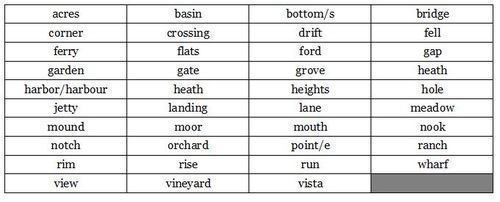
Common Suffixes
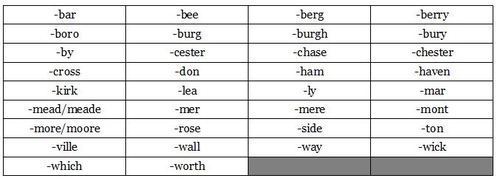
Other Descriptors

Try a combination of two words from any of these lists. :)
35K notes
·
View notes
Text
Hunger Games didn’t really eat holes in my brain the way that it did for some other people but god the opening lines. The opening lines. Katniss wakes up in bed and immediately, instinctively reaches beside her, only to find the bed empty and cold. Before we even know her name – before we know literally anything about her or this world or her place in that world – we know that she loves someone. We know that she is reaching for where Prim should be, sleeping safe and warm beside her, but Prim is not there. She is not there, and her half of the bed is cold and empty.
People talk about characters being “doomed by the narrative” when most of the time the character was literally just a well-foreshadowed death, but Prim WAS doomed by the narrative. It’s the very first thing we learned. It’s the most key, integral, important piece of information we’re given about everything that is about to happen: Every single choice Katniss makes is to protect her little sister, and it isn’t enough. In the end, Prim still dies. Prim was dead before the story even started.
Katniss, reaching. Prim’s side of the bed was cold and empty. There is no version of this story where Prim could have been saved.
Katniss, reaching. The very first thing she does in the series. She wakes, and she reaches, but Prim is already gone.
THAT is how you do Doomed By The Narrative.
Edit: Also it is key that there was literally nothing Katniss could have done differently. If she had not acted to save Prim, Prim would not have survived the Hunger Games. But by acting to save Prim, Katniss accidentally kicked off an entire rebellion and ultimately massively increased the amount of danger Prim was actually in. The key is that this is irrelevant. If Katniss had done literally anything differently, Prim still would have died. If Katniss had faltered or changed course at any point, Prim still would have died. There was never a point where Katniss could have changed Prim’s fate.
There’s no version of this story where Prim lives to see the end of it. She’s dead before the story begins. That’s doomed by the narrative.
71K notes
·
View notes
Text
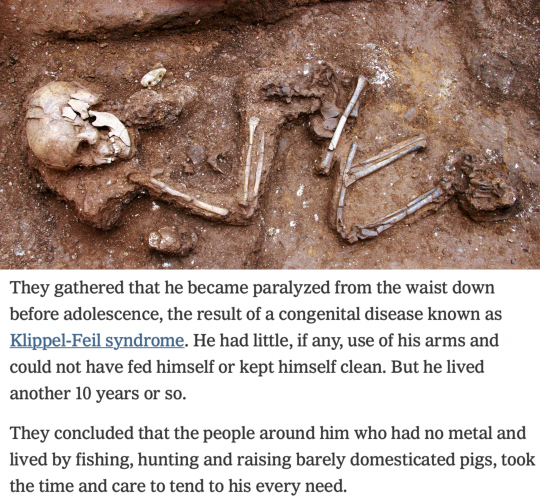

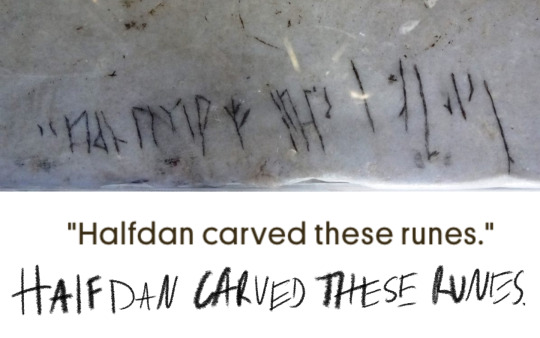
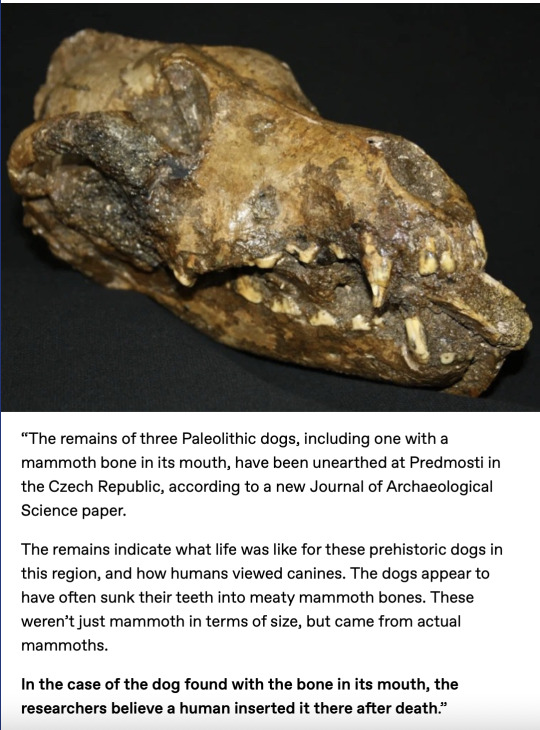




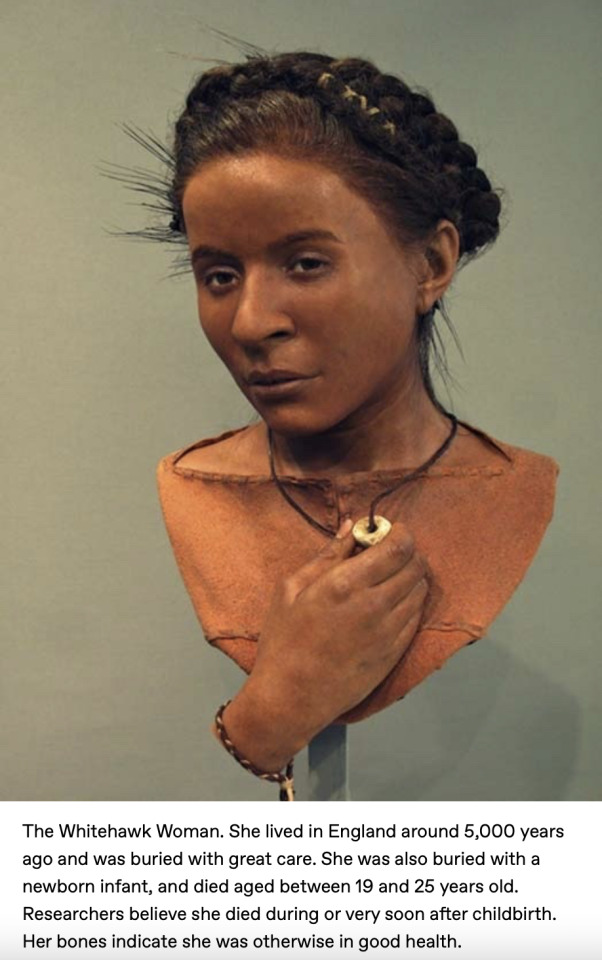
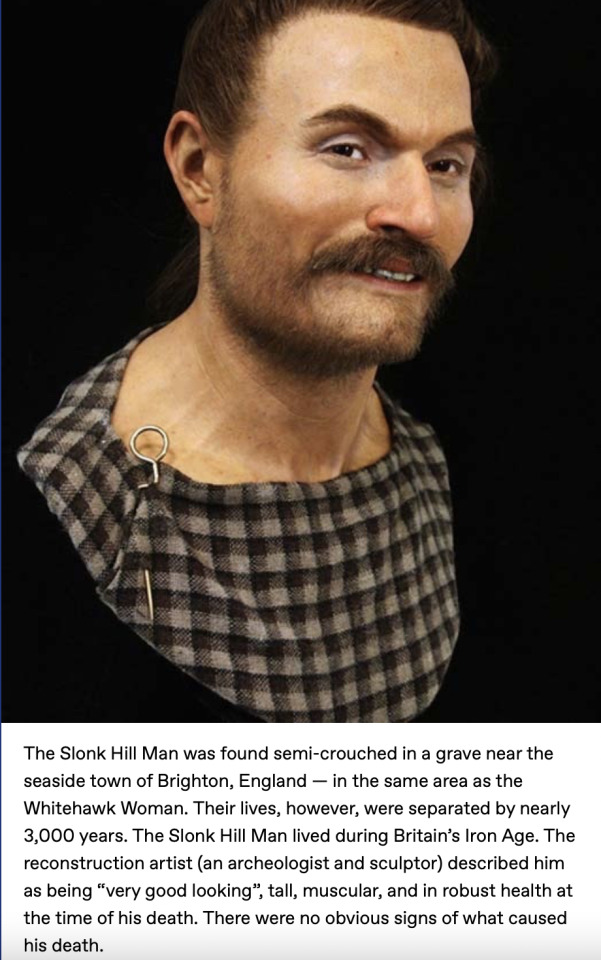

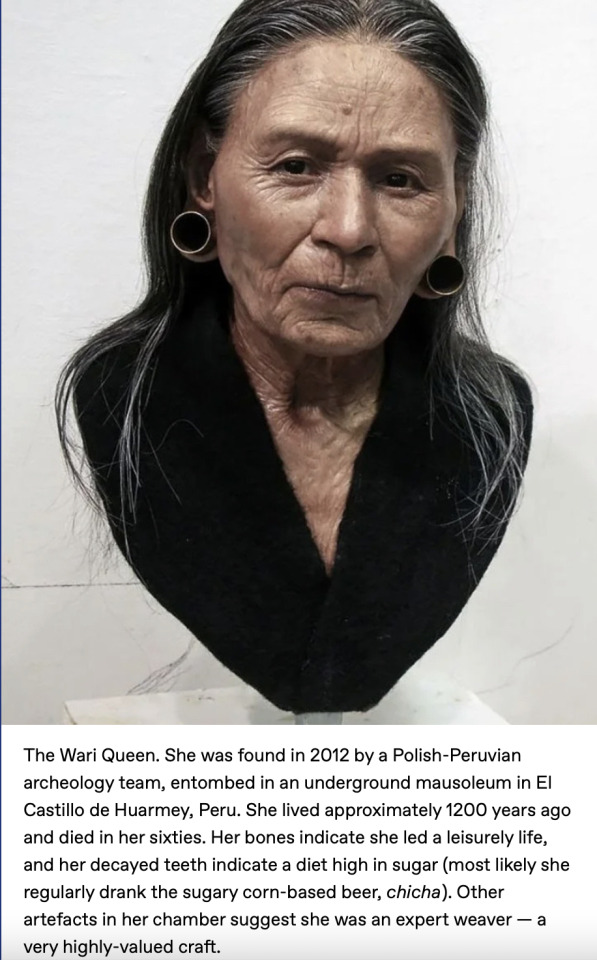


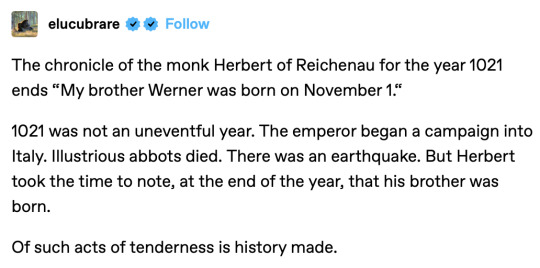

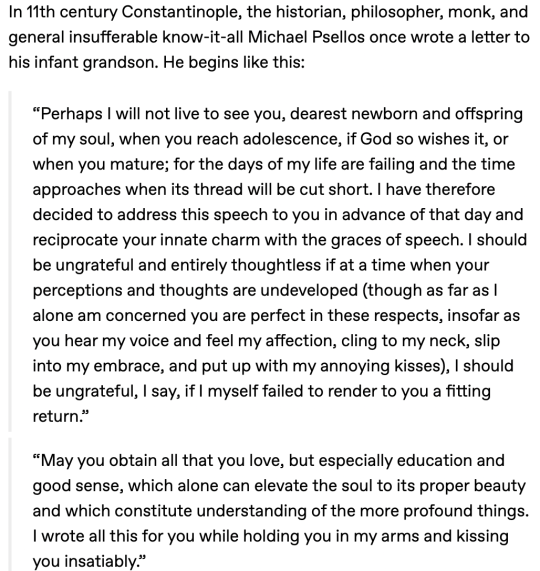
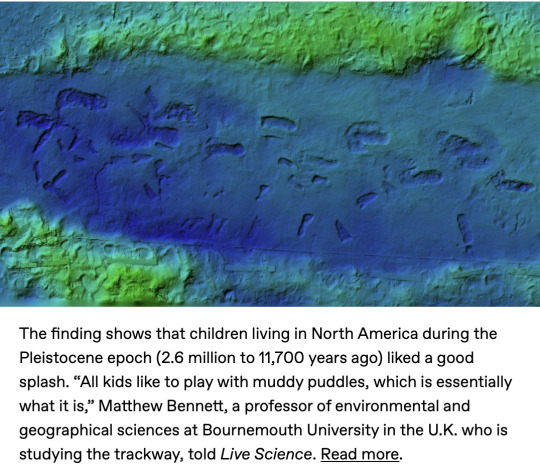

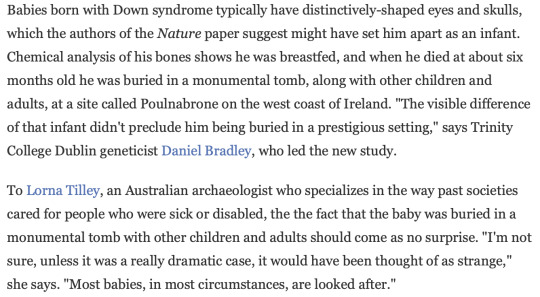





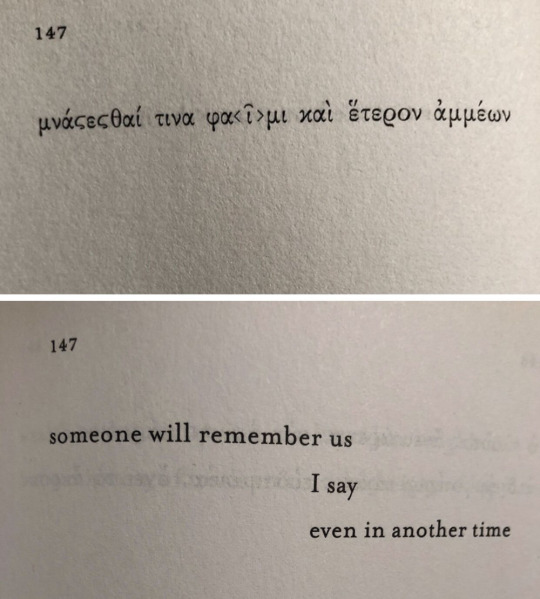
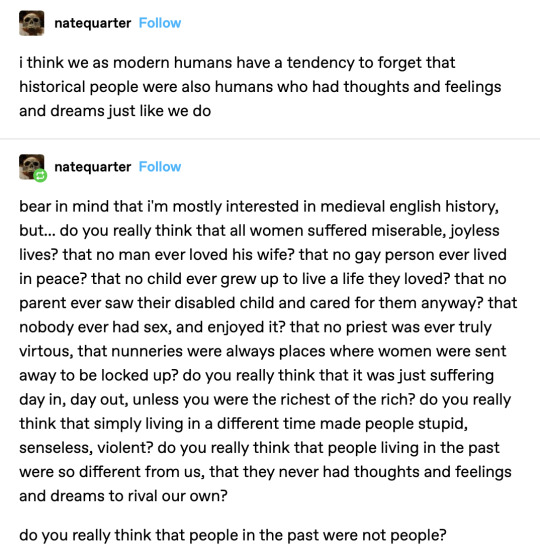
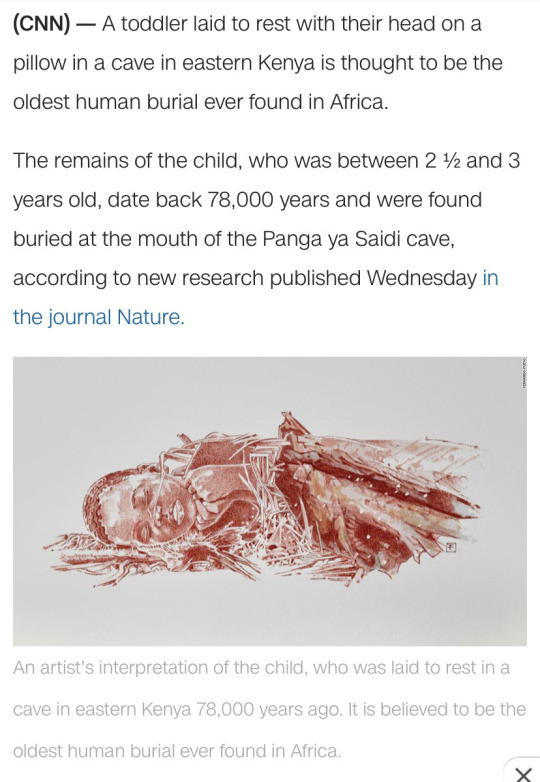
I have a folder called Time is a Flat Circle in which I collect evidence of humanity. Here is most of them.
134K notes
·
View notes
Text
i do think theres something sad about how largely only the literature that's considered especially good or important is intentionally preserved. i want to read stuff that ancient people thought sucked enormous balls
81K notes
·
View notes
Text
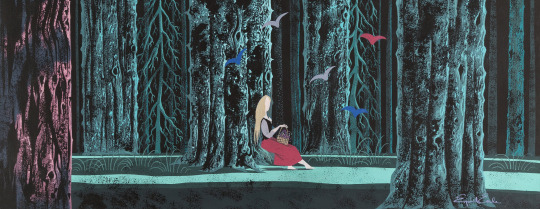


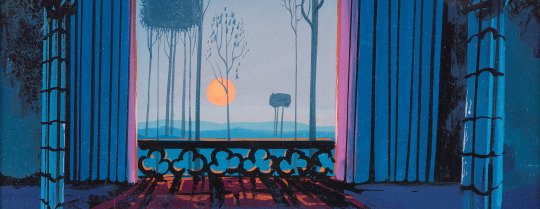



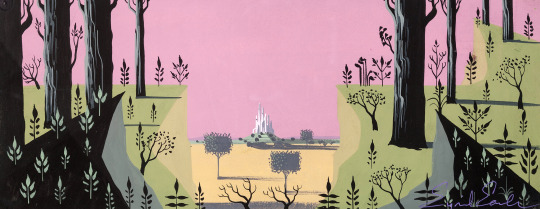
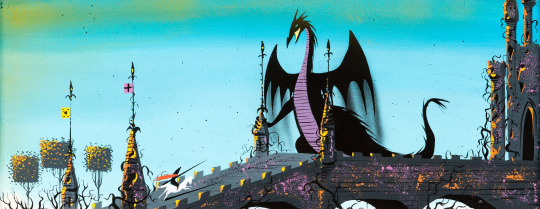
𝔖𝔩𝔢𝔢𝔭𝔦𝔫𝔤 𝔅𝔢𝔞𝔲𝔱𝔶 𝘤𝘰𝘯𝘤𝘦𝘱𝘵 𝘱𝘢𝘪𝘯𝘵𝘪𝘯𝘨𝘴 𝘣𝘺 𝘌𝘺𝘷𝘪𝘯𝘥 𝘌𝘢𝘳𝘭𝘦 𝘵𝘰 𝘤𝘦𝘭𝘦𝘣𝘳𝘢𝘵𝘦 𝘵𝘩𝘦 𝘧𝘪𝘭𝘮'𝘴 65𝘵𝘩 𝘢𝘯𝘯𝘪𝘷𝘦𝘳𝘴𝘢𝘳𝘺
7K notes
·
View notes
Text
I was meeting a client at a famous museum’s lounge for lunch (fancy, I know) and had an hour to kill afterwards so I joined the first random docent tour I could find. The woman who took us around was a great-grandmother from the Bronx “back when that was nothing to brag about” and she was doing a talk on alternative mediums within art.
What I thought that meant: telling us about unique sculpture materials and paint mixtures.
What that actually meant: an 84yo woman gingerly holding a beautifully beaded and embroidered dress (apparently from Ukraine and at least 200 years old) and, with tears in her eyes, showing how each individual thread was spun by hand and weaved into place on a cottage floor loom, with bright blue silk embroidery thread and hand-blown beads intricately piercing the work of other labor for days upon days, as the labor of a dozen talented people came together to make something so beautiful for a village girl’s wedding day.
What it also meant: in 1948, a young girl lived in a cramped tenement-like third floor apartment in Manhattan, with a father who had just joined them after not having been allowed to escape through Poland with his pregnant wife nine years earlier. She sits in her father’s lap and watches with wide, quiet eyes as her mother’s deft hands fly across fabric with bright blue silk thread (echoing hands from over a century years earlier). Thread that her mother had salvaged from white embroidery scraps at the tailor’s shop where she worked and spent the last few days carefully dying in the kitchen sink and drying on the roof.
The dress is in the traditional Hungarian fashion and is folded across her mother’s lap: her mother doesn’t had a pattern, but she doesn’t need one to make her daughter’s dress for the fifth grade dance. The dress would end up differing significantly from the pure white, petticoated first communion dresses worn by her daughter’s majority-Catholic classmates, but the young girl would love it all the more for its uniqueness and bright blue thread.
And now, that same young girl (and maybe also the villager from 19th century Ukraine) stands in front of us, trying not to clutch the old fabric too hard as her voice shakes with the emotion of all the love and humanity that is poured into the labor of art. The village girl and the girl in the Bronx were very different people: different centuries, different religions, different ages, and different continents. But the love in the stitches and beads on their dresses was the same. And she tells us that when we look at the labor of art, we don’t just see the work to create that piece - we see the labor of our own creations and the creations of others for us, and the value in something so seemingly frivolous.
But, maybe more importantly, she says that we only admire this piece in a museum because it happened to survive the love of the wearer and those who owned it afterwards, but there have been quite literally billions of small, quiet works of art in billions of small, quiet homes all over the world, for millennia. That your grandmother’s quilt is used as a picnic blanket just as Van Gogh’s works hung in his poor friends’ hallways. That your father’s hand-painted model plane sets are displayed in your parents’ livingroom as Grecian vases are displayed in museums. That your older sister’s engineering drawings in a steady, fine-lined hand are akin to Da Vinci’s scribbles of flying machines.
I don’t think there’s any dramatic conclusions to be drawn from these thoughts - they’ve been echoed by thousands of other people across the centuries. However, if you ever feel bad for spending all of your time sewing, knitting, drawing, building lego sets, or whatever else - especially if you feel like you have to somehow monetize or show off your work online to justify your labor - please know that there’s an 84yo museum docent in the Bronx who would cry simply at the thought of you spending so much effort to quietly create something that’s beautiful to you.
25K notes
·
View notes


